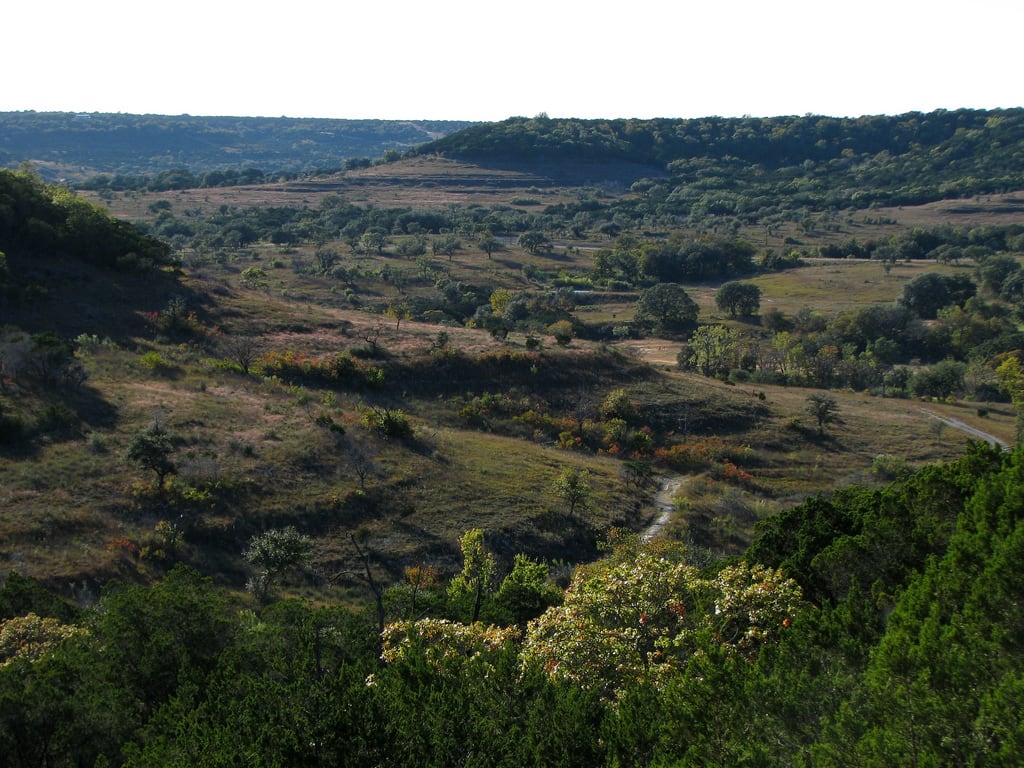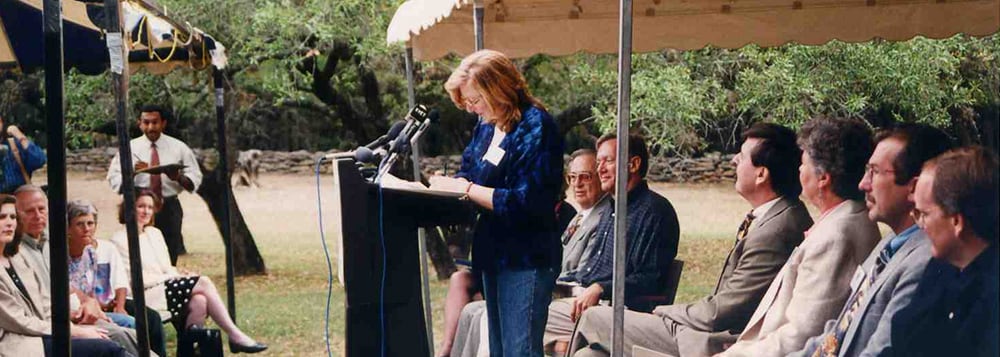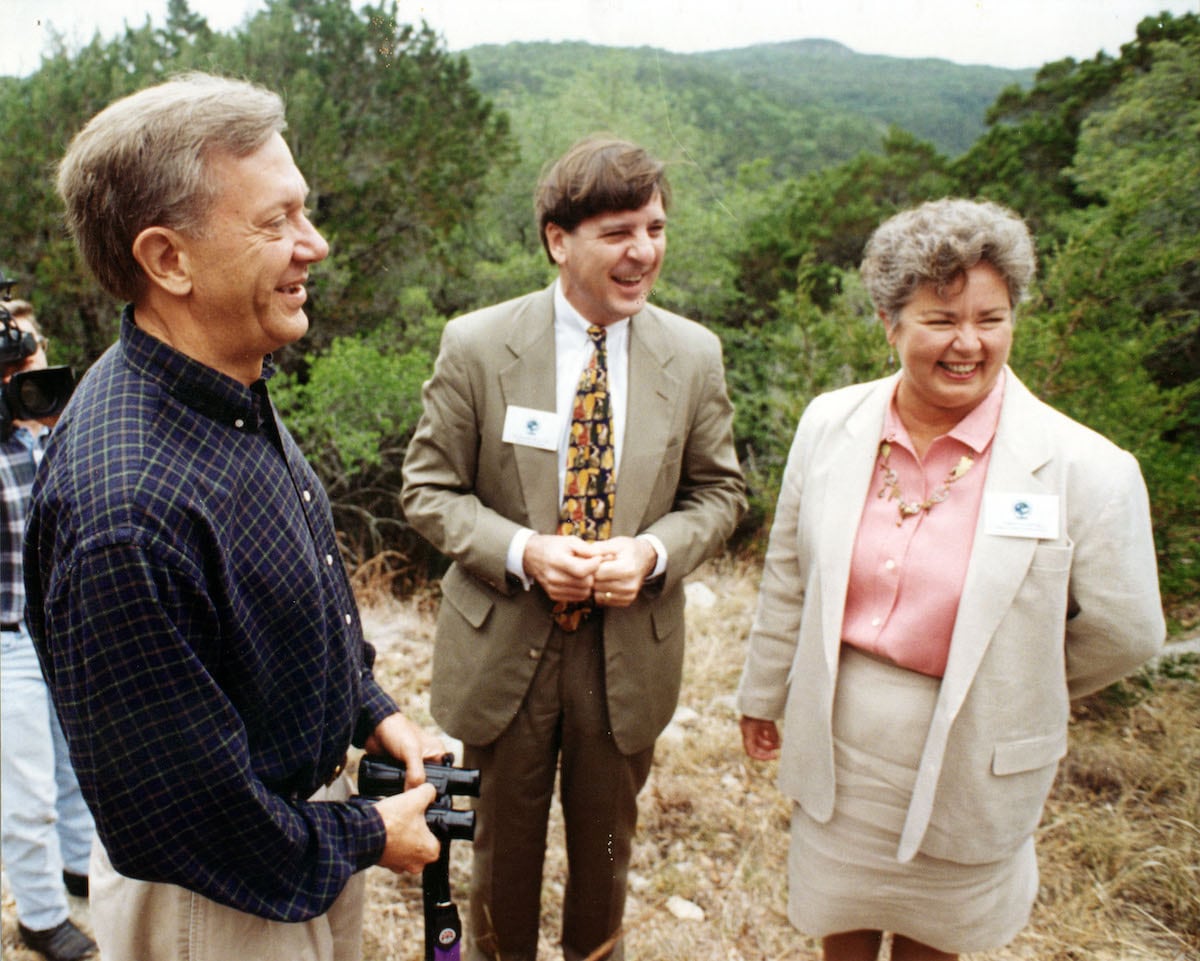Balcones Canyonlands Preserve
The Balcones Canyonlands Preserve (BCP) is one of the nation’s largest urban preserves, covering more than 32,000 acres – about 50 square miles. It is not one single tract of land, but rather made up of more than 140 individual tracts. Tracts include the Travis County-owned Hamilton Pool Preserve, Wild Basin Wilderness Preserve, and a portion of Bob Wentz park.
The BCP was created in 1996 to protect habitat for eight endangered species: two migratory songbirds called the golden-cheeked warbler and black-capped vireo, and six karst invertebrates found in caves. The golden-cheeked warbler nests only in Central Texas and its breeding habitat spans much of western Travis County. The black-capped vireo was removed from the federal List of Endangered and Threatened Wildlife in May 2018, but the BCP continues to provide habitat for this rare bird, as well as the seven still-endangered species, and 27 additional species of concern.
The BCP makes up for other habitat that has been lost due to urban growth, so it can never be developed. It will continue to be managed as a preserve in perpetuity. By protecting the most vulnerable species, the preserve safeguards the entire ecosystem. In addition to existing as habitat for endangered species, these lands provide habitat for numerous native plants and animals and contribute to improved air and water quality and quality of life for the people of Austin.
About 80% of the Balcones Canyonlands Preserve is managed by Travis County and the City of Austin, which are the managing partners of the BCP. The other 20% is managed by public and private partners, including The Nature Conservatory, Travis Audubon Society, St. Edwards University, Lower Colorado River Authority, City of Sunset Valley, Westcave Preserve, and private landowners.
About 3,500 acres of the BCP is regularly open to the public. Other areas of the 32,000+ acre preserve can be accessed by joining a guided hike or volunteering.

Balcones Canyonlands National Wildlife Refuge, January 2011, Photo by Matthew High 
U. S. Fish & Wildlife Service Regional Director Nancy Kaufman signing the BCCP permit on May 2, 1996. Behind Ms. Kaufman (left to right): former U. S. Representative Jake Pickle, U. S. Secretary of the Interior Bruce Babbitt, City of Austin Mayor Bruce Todd, Travis County Commissioner Valarie Bristol, Travis County Judge Bill Aleshire, and Lower Colorado River Authority General Manager Mark Rose. Photo from traviscountytx.gov 
Bruce Babbitt, Bruce Todd, and Valarie Bristol attend the dedication of Balcones Canyonlands Preserve, 1996, Travis County Archives